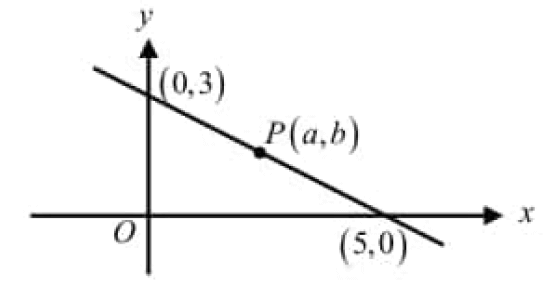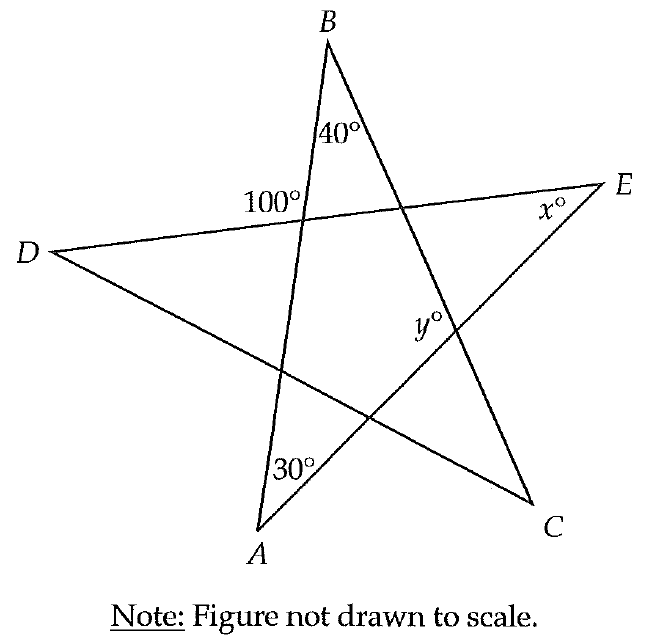PRINCIPAL VALUE OF TRIGONOMETRIC FUNCTIONS
Principal Solution :
The solution in which the absolute value of the angle is the least is called principal solution.
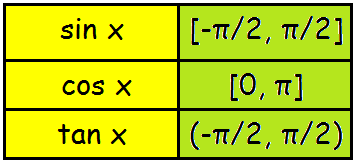
For example the value of cos o° is 1, the value of cos 2π, 4π ,...... are also 1. But the 0 is known as principal value.
Example 1 :
Find the principal value of the following
cos x = √3/2
Solution :
cos x = √3/2 > 0
Principal value of x must be in [0, π]. Since cos x is positive the principal value is in the first quadrant.
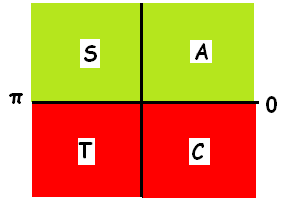
We have to think about the angle of cos for which we get the value √3/2.
cos π/6 = √3/2 and π/6 ∈ [0, π]
Hence the principal value of x is π/6.
Example 2 :
Find the principal value of the following
cos θ = - √3/2
Solution :
cos θ = - √3/2 < 0
Whenever we have cos θ the principal value of θ must be in [0, π]. We have to choose one of the angles from the first or second quadrant.
Since the value of cos θ is negative, we have to choose the angle from the second quadrant. For that we have to think about the angle of cos for which we get the value √3/2.
cos (π - (π/6)) = cos 5π/6
cos 5π/6 = -√3/2
Hence the principal value of θ is 5π/6.
Example 3 :
Find the principal value of the following
cosec θ = -2/√3
Solution :
cosec θ = -2/√3
sin θ = -√3/2 < 0
θ lies in the third or fourth quadrant. But principal value must be in [-π/2, π/2]
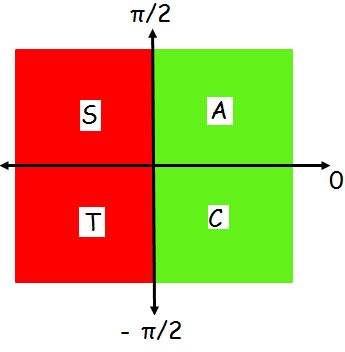
In the first quadrant we get only we get positive values for all trigonometric ratios.So we have to choose one of the angles from 0 to -π/2 that is negative angle.
Now we have to think about the angle of sin for which we get the value √3/2.
sin (-π/3) = -√3/2
Hence the principal value of θ is -π/3.
Kindly mail your feedback to v4formath@gmail.com
We always appreciate your feedback.
©All rights reserved. onlinemath4all.com
Recent Articles
-
Digital SAT Math Problems and Solutions (Part - 134)
Apr 02, 25 12:40 AM
Digital SAT Math Problems and Solutions (Part - 134) -
SAT Math Resources (Videos, Concepts, Worksheets and More)
Apr 02, 25 12:35 AM
SAT Math Resources (Videos, Concepts, Worksheets and More) -
Digital SAT Math Problems and Solutions (Part 135)
Apr 02, 25 12:32 AM
Digital SAT Math Problems and Solutions (Part 135)
